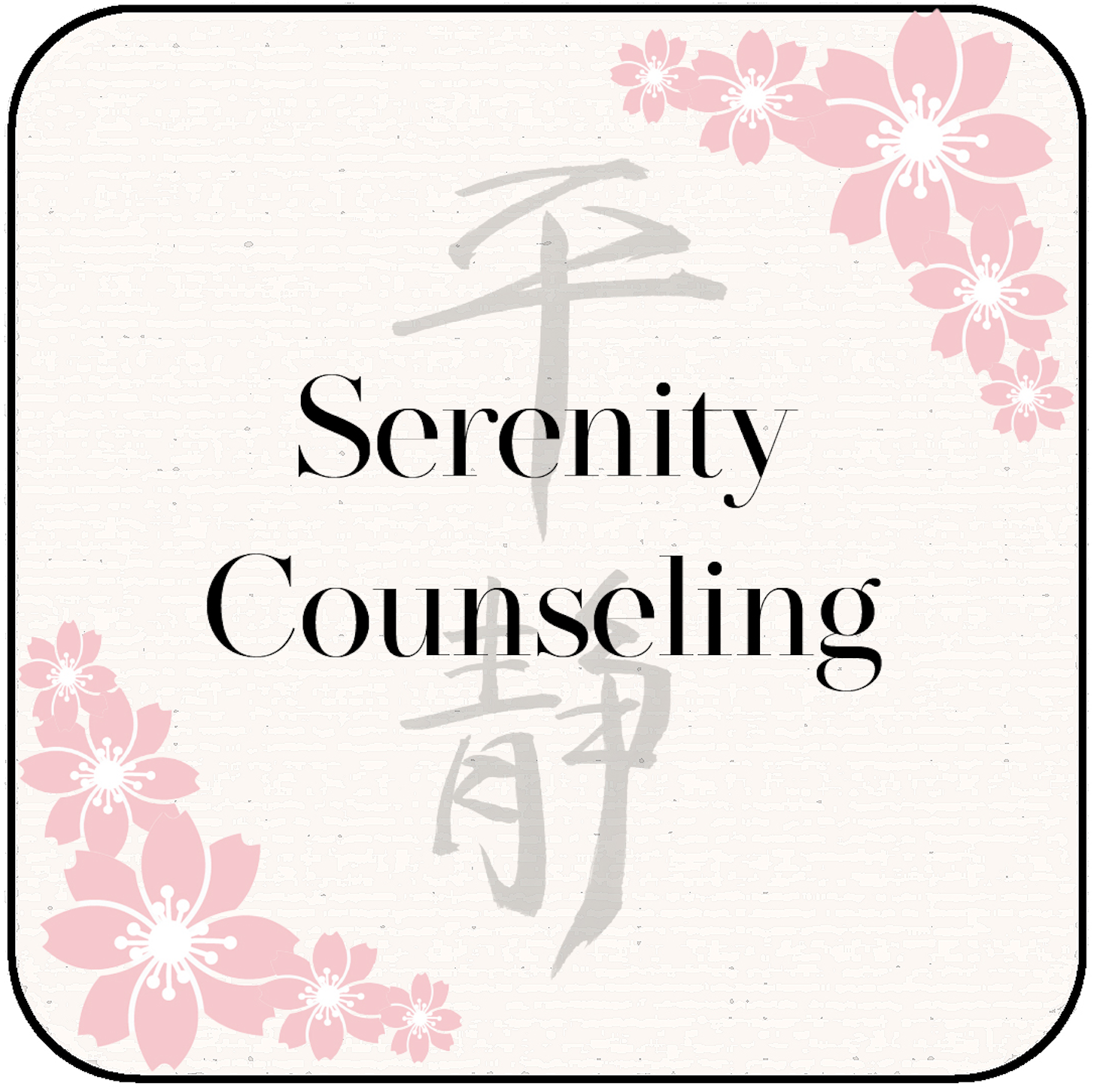Deciding on the best type of therapy can be a daunting task. With the recent rise in online therapy options due to COVID-19, many people are now torn between traditional and remote sessions.
This blog will simplify this complex decision by providing you with a thorough comparison between in-person and virtual therapy, focusing on their advantages, disadvantages, effectiveness, cost variations and more.
Don’t miss out; continue reading for your ultimate guide to choosing the right therapeutic path.
Key Takeaways
- In – person therapy lets your therapist see beyond words. They can note body language and mood changes.
- Remote therapy helps those living far from their therapist or having a hard time leaving home.
- Both types have their costs. Online sessions tend to be a little cheaper.
- Choosing the right one depends on things like comfort, privacy needs, and access to tech.
Understanding Traditional In-Person Therapy
Traditional in-person therapy is a time-tested method that involves face-to-face sessions between the therapist and the client, offering direct engagement and personal interaction.
It allows therapists to pick up on nonverbal cues like micro facial expressions, assisting them to accurately gauge a client’s emotional state. Despite this advantage, traditional therapy also comes with drawbacks such as accessibility issues for people living in rural areas or those who have physical limitations, commuting trouble for others, and sometimes it may also pose challenges related to social stigma associated with mental health services.
Pros of In-Person Therapy
In-person therapy has many good things to offer.
- It gives you a break from daily life. You meet your therapist in a neutral space away from the grind.
- Your therapist can see more than just your words. They can note your body language and small facial changes. These signs can help them understand you better.
- It feels safe to share private stuff in an office setting. You know it’s a place just for this purpose.
- Some types of therapy need you to be there in person, such as art, music, and play therapy.
- In-person therapy gives access to many treatment ways like EMDR, psychodrama, and movement-based therapy that are not possible online.
Cons of In-Person Therapy
In-person therapy can bring some problems. Here are some:
- It is not easy to fit in with your schedule. Some people find it hard to visit the therapist during office hours.
- Travel issues can also be a pain. You may live far from the therapist’s office or not have a good way to get there.
- Some people feel scared about what others will think if they see them going into a therapy office.
- If you live in a small town, you might not have many therapy options nearby.
- People with some mental health issues find it hard to leave their homes for therapy sessions.
Exploring Remote Therapy
This section delves into the concept of remote therapy, examining its advantages such as accessibility and convenience, as well as potential drawbacks like internet reliability and possible barriers to establishing a strong therapist-client relationship.
Pros of Online Therapy
Online therapy is a great way to get help for mental health issues. Here are some of the good things about it:
- You can do it from home. No need to go out.
- It became very liked during the COVID – 19 pandemic.
- You can get help from any place you are in.
- Booking many sessions at once may cost less.
- If going out or being around others is hard for you, online therapy may be easier.
- Online therapy lets you talk to a therapist often without much work.
Cons of Online Therapy
Online therapy has some downsides. Here they are:
- It relies on internet access. A strong and steady internet connection is a must for video sessions.
- Some issues don’t work well with online therapy. For example, art, music, and play therapy need in – person contact.
- Therapy may not feel real or close over a screen. The bond between you and your therapist might be weaker.
- It can be hard to read tiny face signs in online meetings.
- Online therapy can miss out on some severe mental health conditions.
- Privacy could be an issue if the website or app does not follow strict rules.
- If technology fails during a session, it could cause stress or frustration.
- There might be legal issues linked to getting medication through the internet under the Ryan Haight Act.
Comparing Remote Therapy and In-Person Therapy
This section dissects the differences and similarities between remote therapy and in-person therapy, weighing aspects like effectiveness, accessibility, convenience, privacy, therapist’s comfort level, cost-effectiveness of both modalities.
It further highlights considerations such as internet speed and access for online therapy sessions while shedding light on how privilege can affect access to traditional in-person mental health services.
The role of technology in delivering care remotely is also explored along with potential downfalls like tech glitches that could impact session quality.
Effectiveness
Online therapy and in-person therapy can both help you a lot. They can calm down things like sadness or worry, just like medicine does. But, they are not the same in how well they work.
In-person therapy is good because it lets the therapist see things that words don’t say. Things like how your face looks or how you sit can share more about what’s inside your mind than what you say out loud.
For example, if you look sad but say you’re fine, the therapist will still know that something is wrong.
In-person talk also gives a safe place to tell secrets that could be hard to share at home or work. This space makes it easier for people to open up about their thoughts and feelings.
There are also some types of help that need to happen face-to-face for them to do their job right, such as music or art therapy.
Despite this, online chat has its own way of being helpful too! All kinds of people have found comfort through computer screens and phone calls when meeting someone wasn’t possible.
Cost
Many people worry about the cost of therapy. In-person therapy often costs around $100 for each session. Online therapy is a bit cheaper. Some mental health professionals even offer deals if you book more than one at once.
Therapy can be expensive but remember your mental health is very important!
Access and convenience
Virtual therapy has lots of perks. One big one is being able to have your session from home. No need to travel or find parking. It’s also great for people living in rural areas who typically have less access to mental health services.
This type of therapy is a suitable choice if you want a simple and quick way to chat with a therapist when needed.
Privacy
Private matters matter in therapy. That is why privacy rules are strict for both online and in-person sessions. So, whether you’re at home or in a therapist’s office, no one else can hear your talk.
Online therapy takes place on your computer or phone. You log into a secure website or app to meet with your therapist virtually.
Confidentiality is key for in-person therapy too. Everything shared stays between the client and the mental health professional. This rule helps build trust which allows open talk about personal things without fear.
Deciding Which Format is Right for You
Choosing the right format for therapy is a personal decision. It depends on many things. You need to think about your comfort level, privacy needs, and access to technology. For example, online therapy might work best if you live in a rural area or have trouble leaving your house.
Therapy type also plays a part in this choice. Some types of therapies like art or music are better suited for in-person sessions. Your therapist can see small things you do that show how you feel when they are with you face-to-face.
If cost is an issue for you, virtual therapy may be more affordable than traditional sessions. In-person therapy often costs about $100 per session.
It’s important to talk with your therapist before making any decisions. They can answer your questions and help guide you towards what will work best for both upholding the professional advice in Therapy quality and meeting individual therapeutic needs.
Conclusion
Choosing the best therapy can be hard. Both online and face-to-face sessions have good points and bad ones. But in the end, what works best is up to you! Always do what feels right for your mental health needs.

